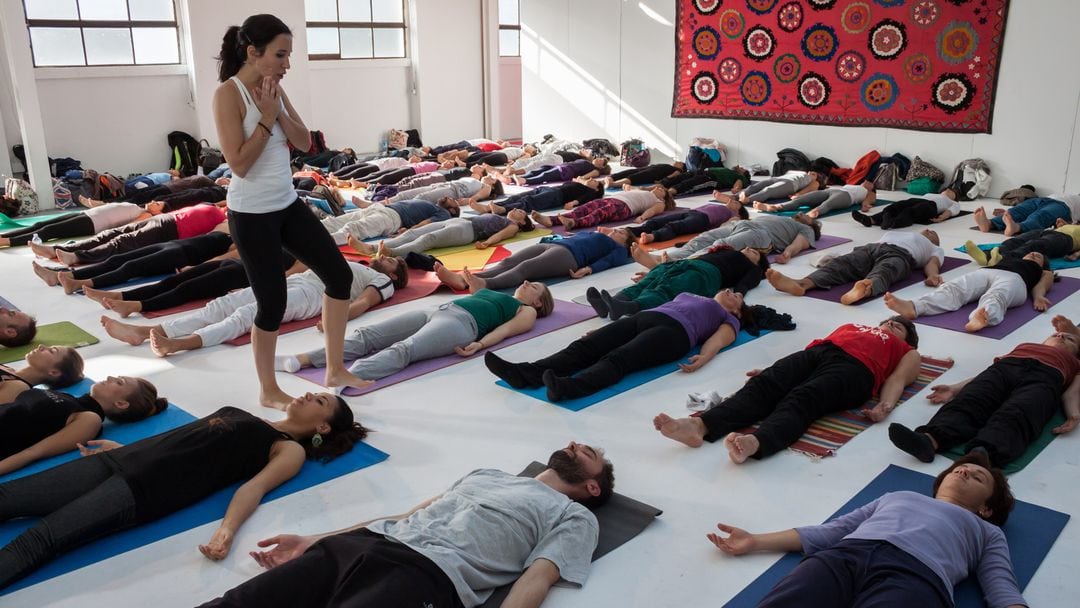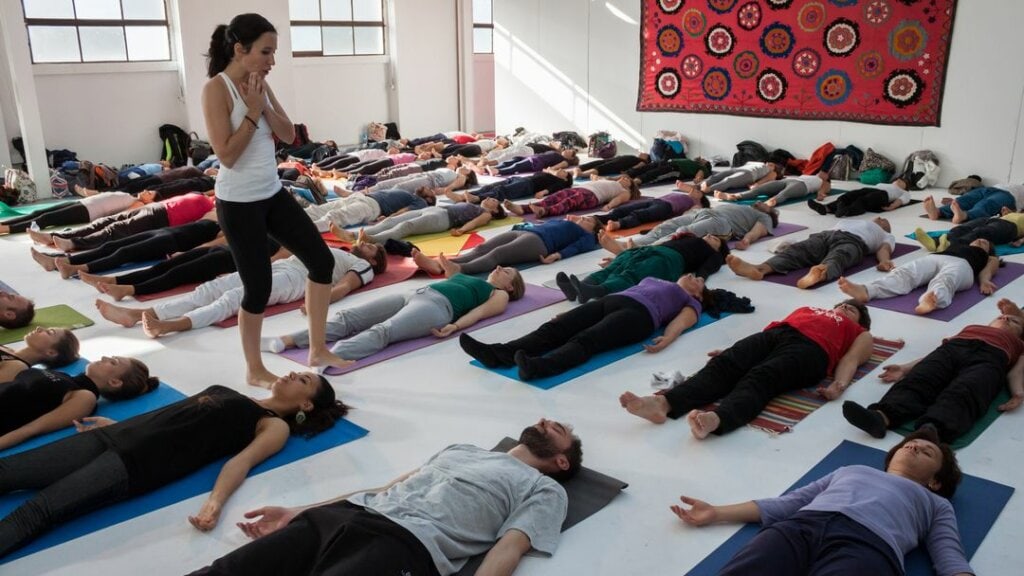You are considering becoming a yoga teacher, congratulations! You may have noticed the seemingly millions of fantastic programs and likely by now, your head is spinning. To help in your process, here are 7 important considerations before you take your next step to become a yoga teacher.
1. Why do you want to become a yoga teacher?
Becoming a yoga teacher takes significant resources, including time and a lotta money. So it’s important to make sure you have a clear idea on why you want to become a teacher. If you are not interested in teaching, you might consider up-leveling your personal practice by attending master teachers classes, workshops, and retreats instead of doing something more formal.
2. What do you want from your yoga teacher training?
If you could imagine yourself at the end of this training, what do you hope to have accomplished, learned, and experienced? Find a training that aligns with you, both professionally and personally! When you know what this is, write it down and make sure your decisions align with this goal – it can be easy to go off track.
3. What style of yoga do you want to learn to teach?
There are many different styles of yoga. Some trainings are more alignment-based while others focus on teaching a set series of poses. Asking your favorite teacher(s) where they trained and what style they teach can help you learn what training is right for you.
4. Who are the teachers and how much will each of them be teaching in the yoga teacher training?
Possibly the most important part of a teacher training are the teachers. Research who is teaching each section of the program you’re interested in. You may be disappointed if you join a training for a specific teacher and find out they only teach one day, so make sure you’re clear on how long they are teaching the course, too. If possible, take workshops with teacher trainers before signing up to make sure you like their style of teaching. Being a captivating teacher for asana practice is very different than being an exceptional teacher trainer.
5. Do you want a certified program and, if yes, what level is right for you?
While there are fantastic trainings that are not certified, it can be hard to get a job after graduation. If you want to become certified in certain lineages, like Iyengar or Ashtanga, it is best to seek a certified teacher in that lineage. Other certification programs include the International Alliance of Yoga Therapists (IAYT) for students interested in offering Yoga Therapy and the Kripalu School of Yoga for students interested in a 1000-hour yoga teacher training. Yoga Alliance offers three different certification levels 200-, 300-, and 500-hours and the option to become a Registered Yoga Teacher (RYT) and, subsequently, an Experienced Registered Yoga Teacher (E-RYT).
6. Weekends, immersion, or other?
Do you work full-time and need something that fits in your schedule? Or are you looking to completely immerse yourself full-time in training? Or a little bit of both? Trainings vary in offering weekend trainings, weekly or monthly immersions that you complete over the course of a few years, or full immersions over a few months.
7. What is the total cost for training?
The upfront cost is an important factor when considering any training as well as checking for additional costs. Here are some specific financial considerations:
- Check what is and is not included in your training. Most trainings only include the contact hours with the teacher trainer(s). However, some trainings also include housing, food, books, and materials.
- If a studio requires trainees to take a minimum number of classes at the studio, check if those classes are included in your tuition or if there is an extra fee to take classes.
- Inquire about make-up classes if you’re unable to attend some sessions for whatever reason (life happens!). Some training create built in make-up time throughout the course, while some programs meet the bare minimum time commitments and charge students hundreds of dollars for missed classes and make-up days.
- Also this seems silly, but it has happened to students! Check that your teacher training prepares you to teach. There have been reports of trainings where students who want to learn to teach need to pay for an additional “Teaching Module.”
- If you’re low on funds, ask if there are scholarships or work trade opportunities.
Whatever you choose, it can be nice to remember you can always go back to school to learn more. Good luck on your journey as a forever student!



